April 18, 2022
During World War II, the United States colluded with several Central and South American nations to imprison some 2,200 Japanese Latin Americans on US soil. The majority—nearly 1,800—were abducted from Peru. This story, while still vastly undertold, has gained more recognition in recent years thanks to the efforts of many survivors and their descendants to demand justice today. But the lives and communities that Japanese Peruvians painstakingly built in the years before the war, and were eventually forced to leave behind, remain a lesser known piece of this history.
Peru was the first South American country to establish diplomatic relations with Japan, and it became the first to receive Japanese immigrants with the arrival of 790 contract laborers in 1899. As in the US, Japanese migration to Peru followed a wave of Chinese immigrants who were at first tolerated as a source of cheap labor and then increasingly excluded as they began to establish roots and demand better conditions. With the abolition of slavery in 1854 and the “coolie trade” in 1874, labor recruiters and Peruvian plantation owners set their sights on Japan—and Peru became a popular destination for Japanese laborers after the Gentlemen’s Agreement of 1907 barred their (legal) entry into the US and Hawai`i.
These Japanese migrant laborers faced harsh conditions upon their arrival in Peru. Exploited by plantation owners and unprepared for the prevalence of malaria, typhoid and other tropical diseases, nearly 150 in that first group of 790 died before they could finish their four-year contracts. By 1909, the death toll for Japanese migrants sent to Peru through labor contractors was nearly 8 percent. Some rebelled or ran away, but even those who stayed struggled to save enough money to fund their return to Japan, and the vast majority remained in Peru upon termination of their contracts.
But despite the extreme hardship of these early years, Japanese Peruvians eventually began to carve out a foothold and establish vibrant communities. With land ownership limited to Peruvians or white Europeans, most ended up in Lima or the nearby port city of Callao, where they found work or started their own small businesses. By 1940, on the eve of World War II, there were about 30,000 Japanese living in Peru.
The Colonisation Japonaise au Perou (Japanese Colonization in Peru) collection—a recent addition to Densho’s archives from the California State University Japanese American Digitization Project—depicts one Japanese Peruvian family from about 1930-1950. It offers a fascinating glimpse at their lives in Peru before and immediately after the wartime forced removal.

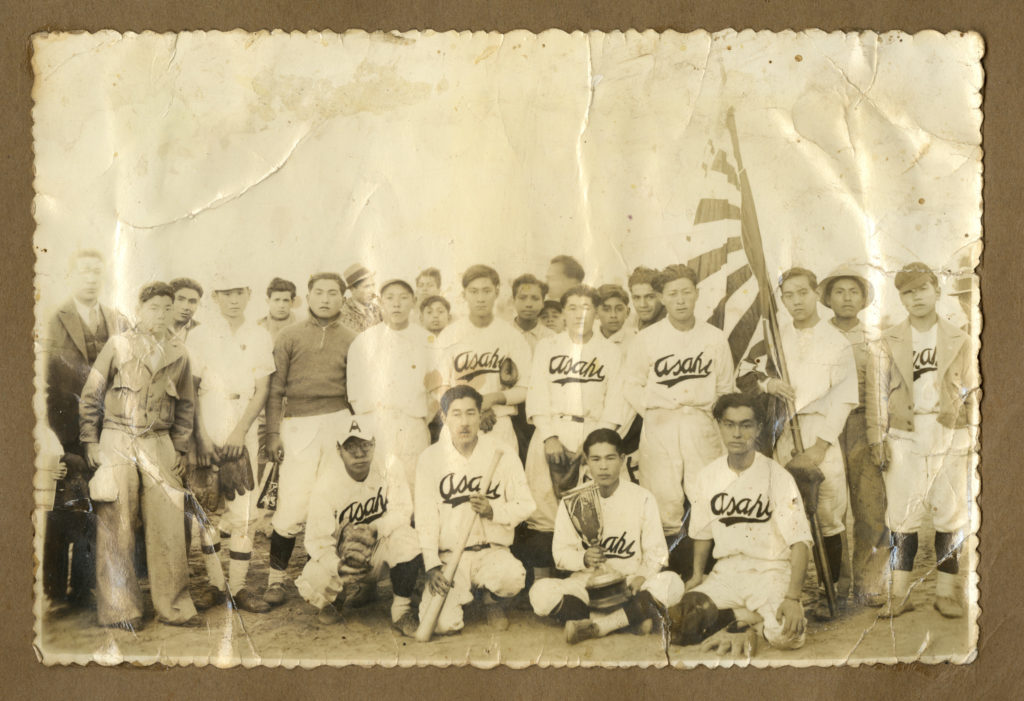
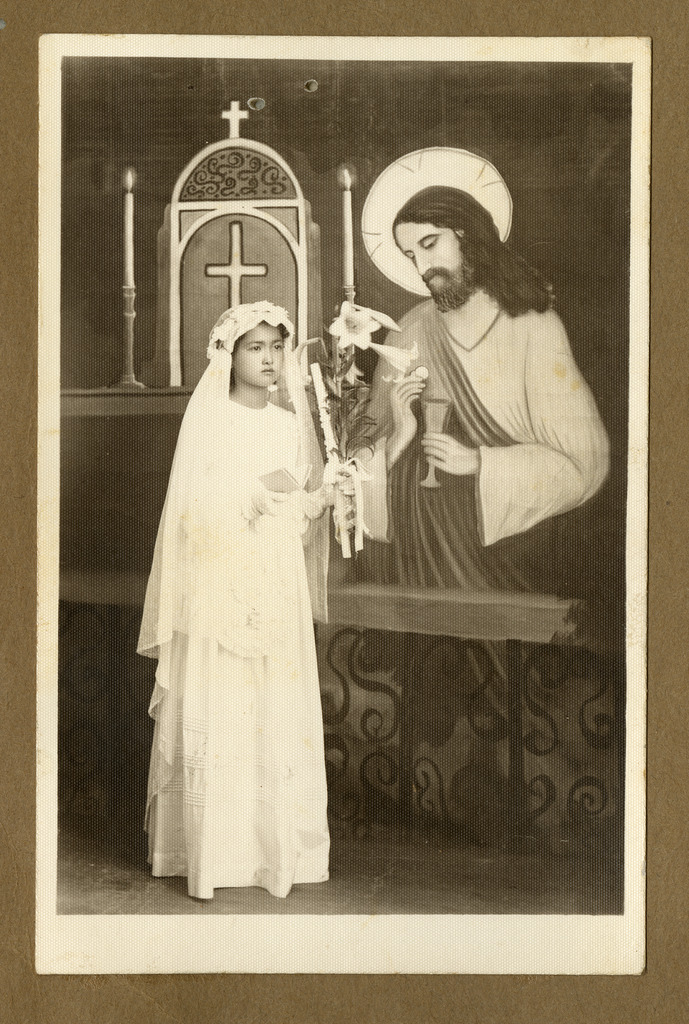
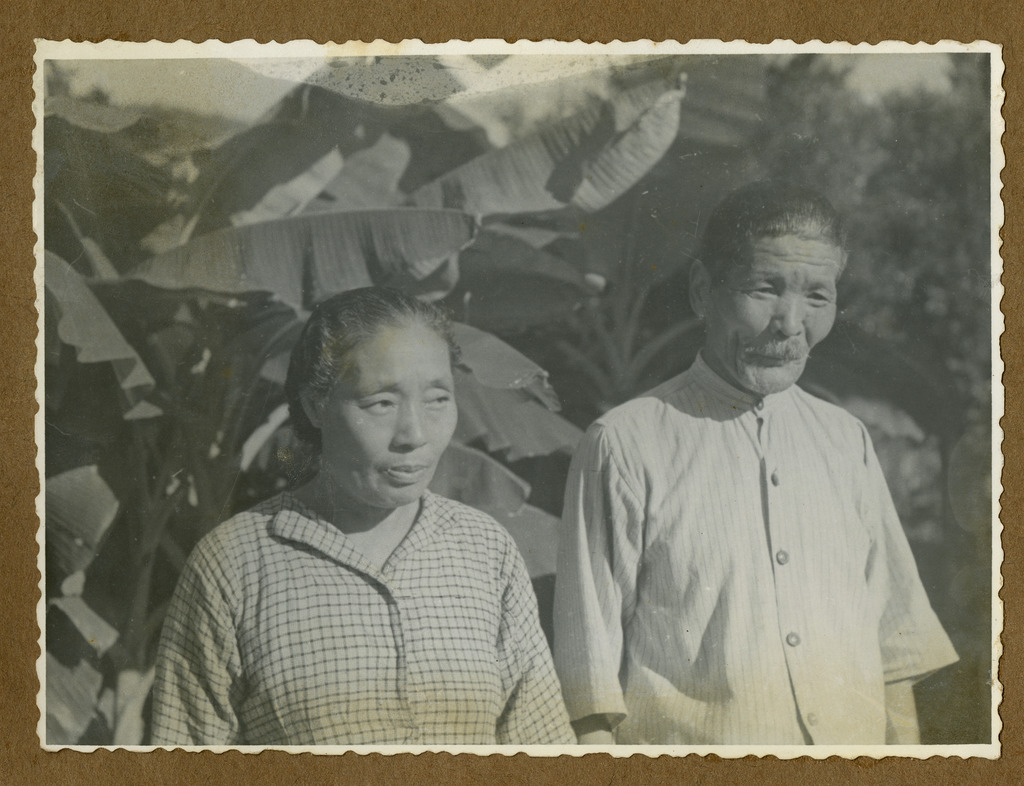
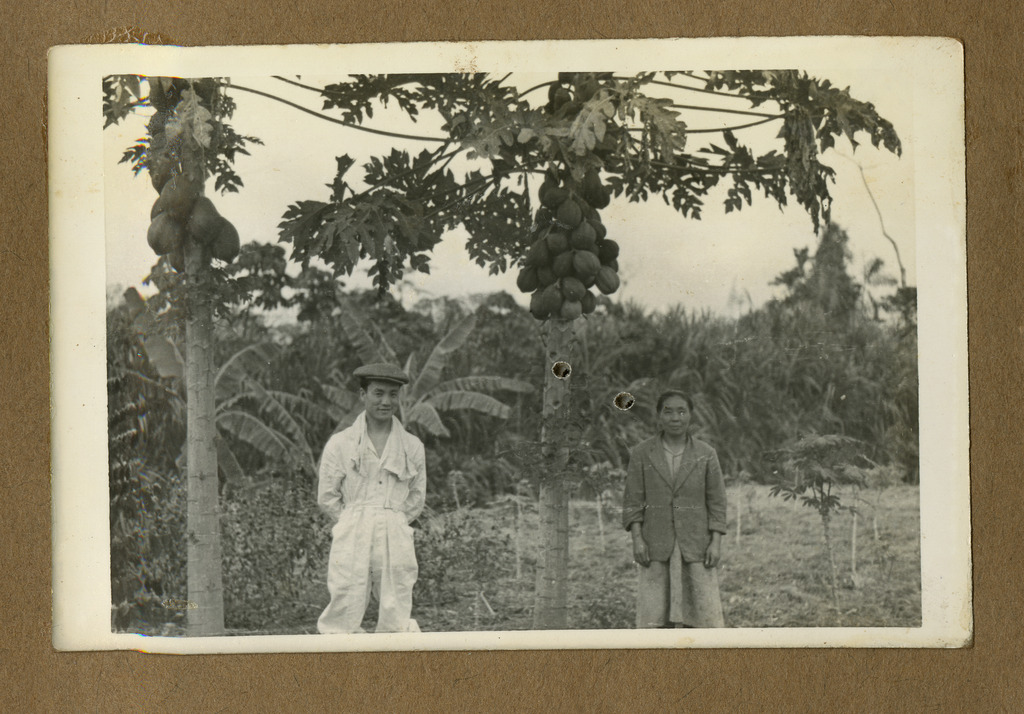
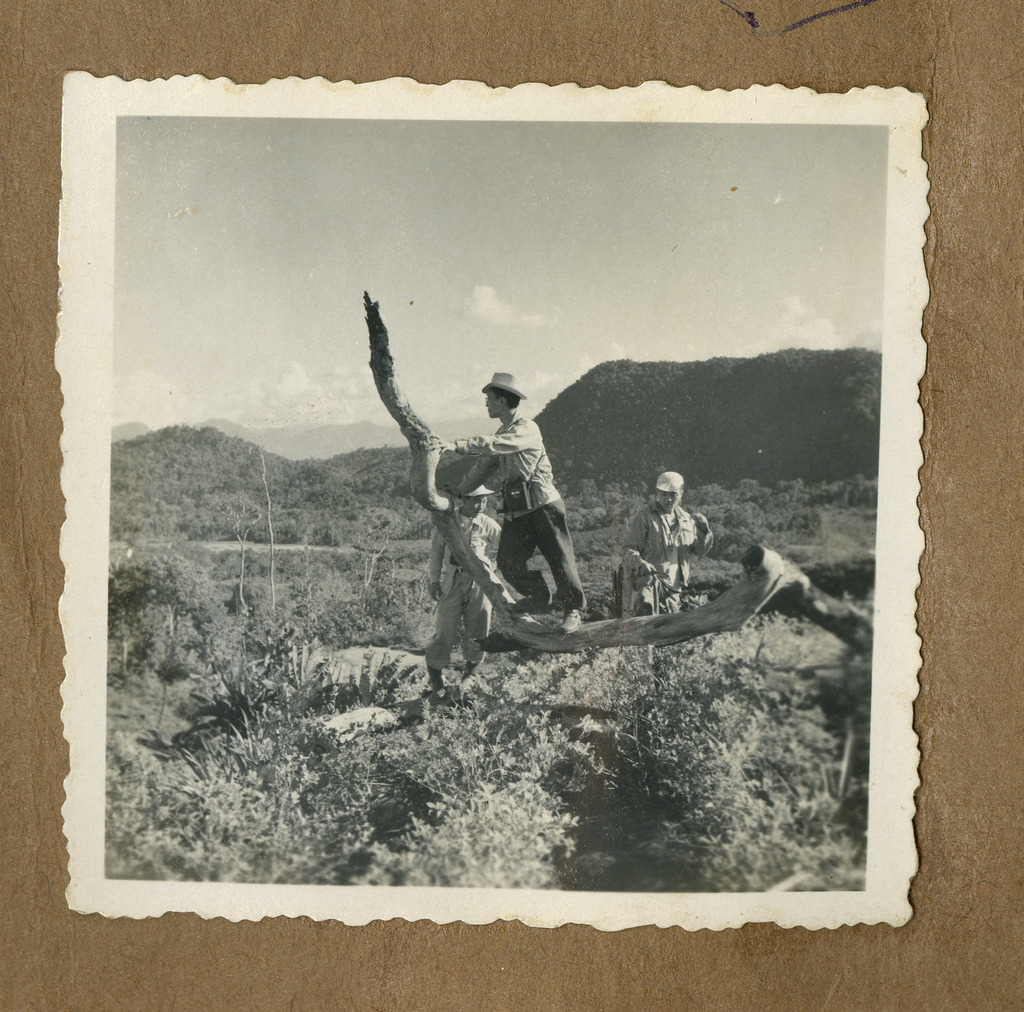
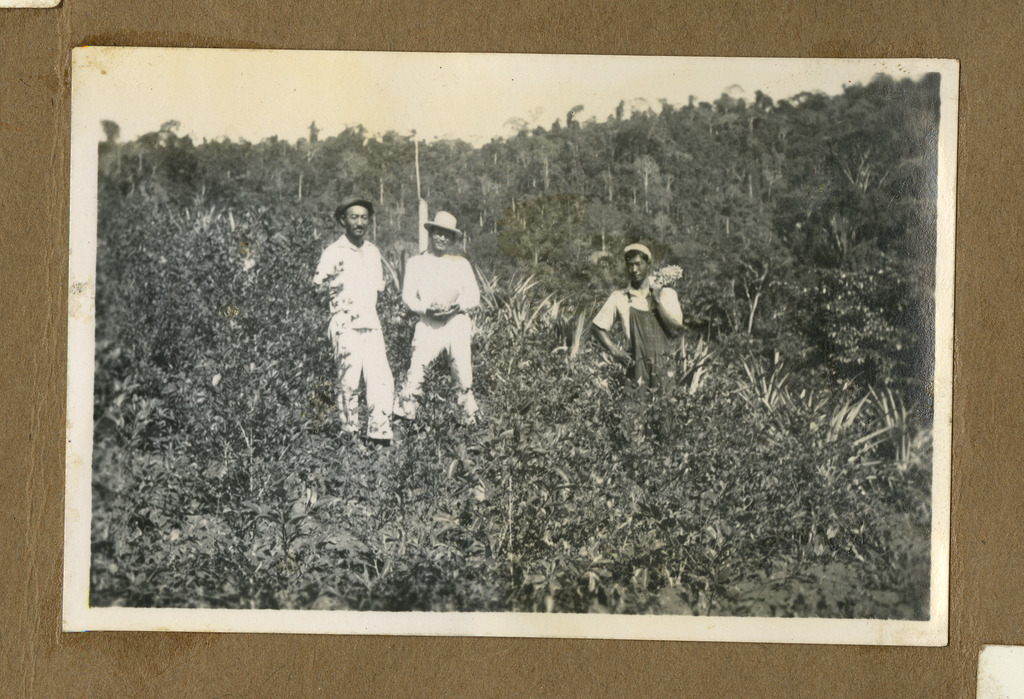
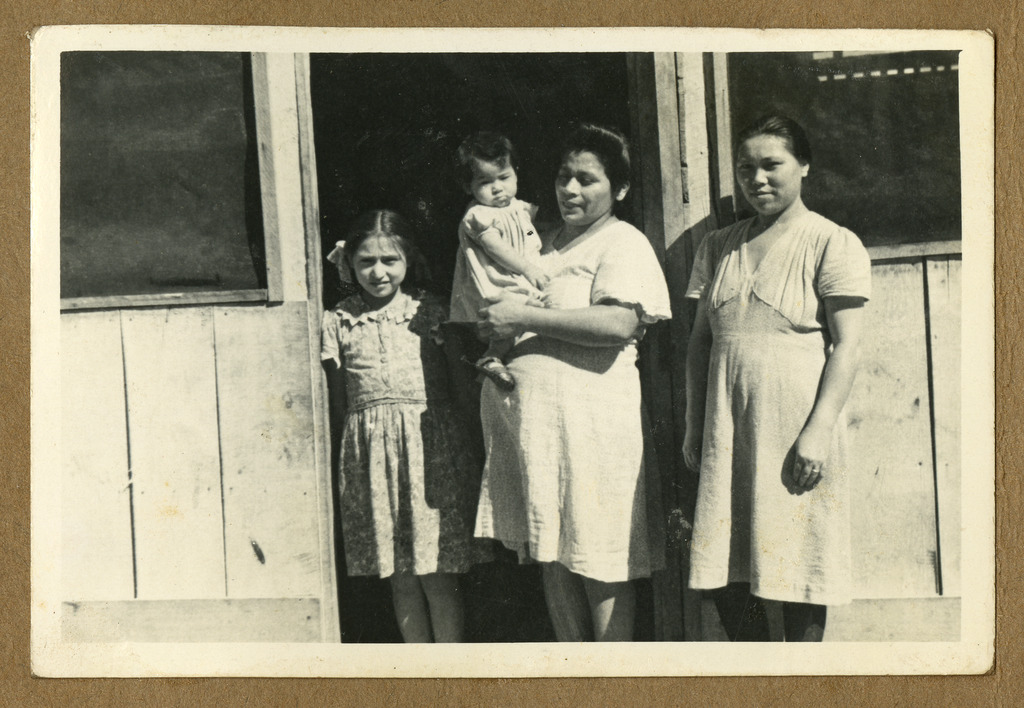
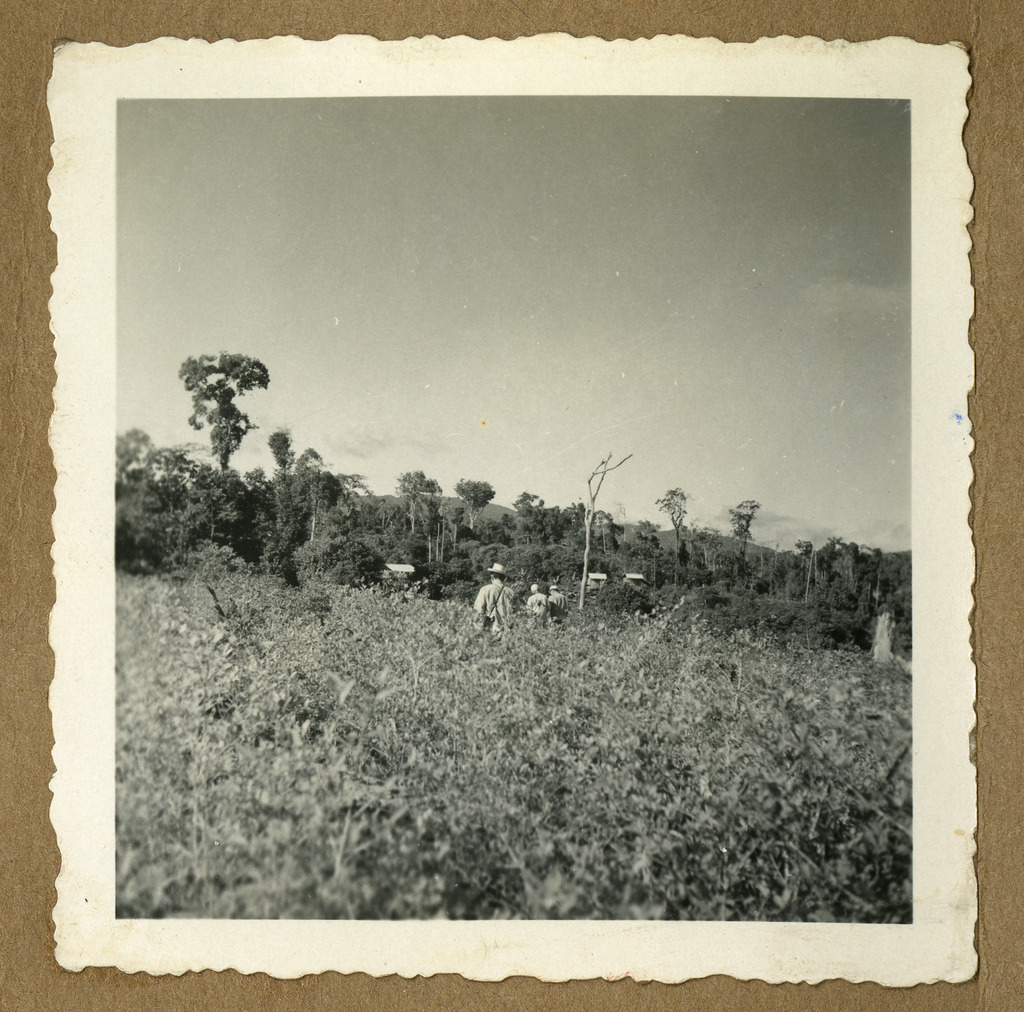


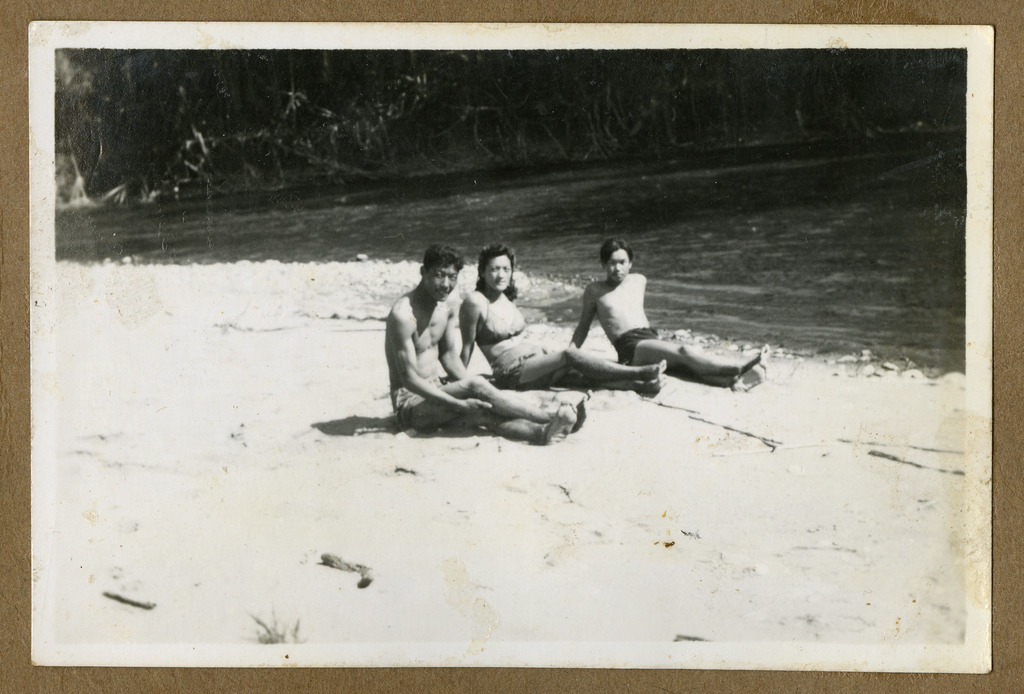

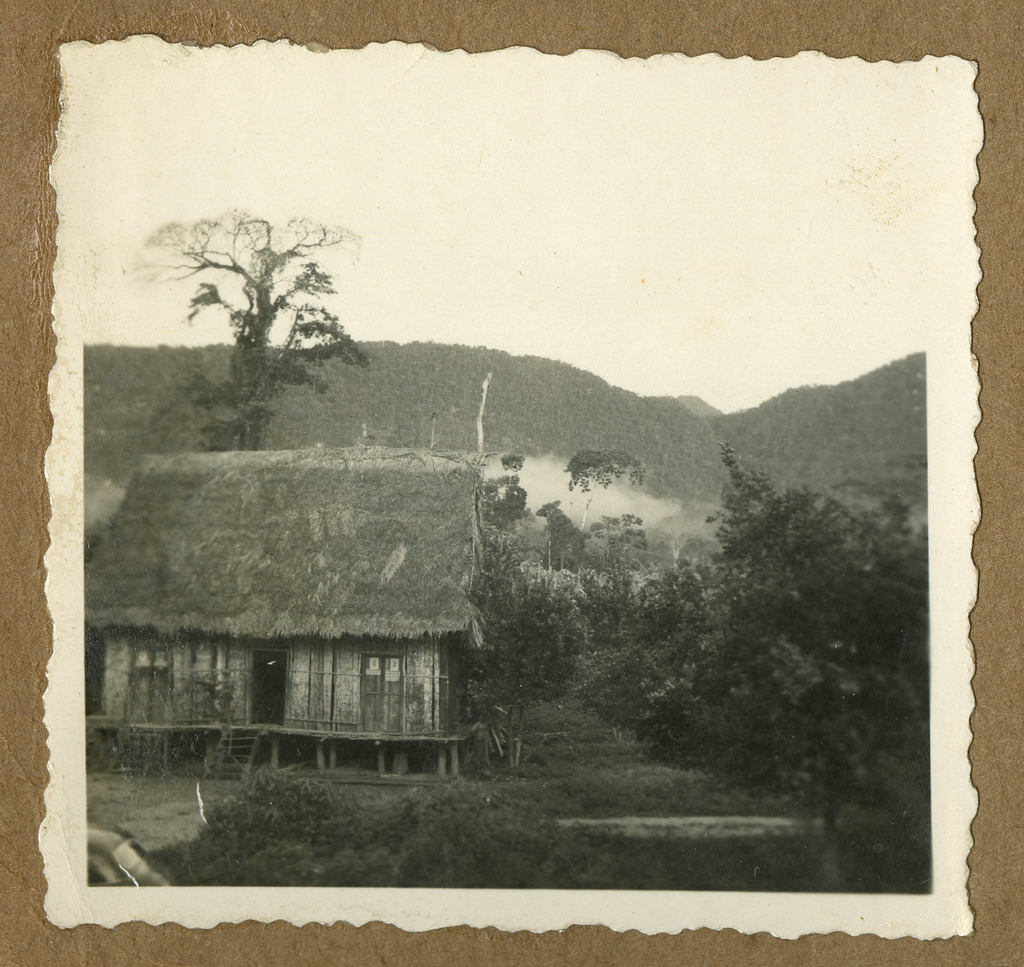

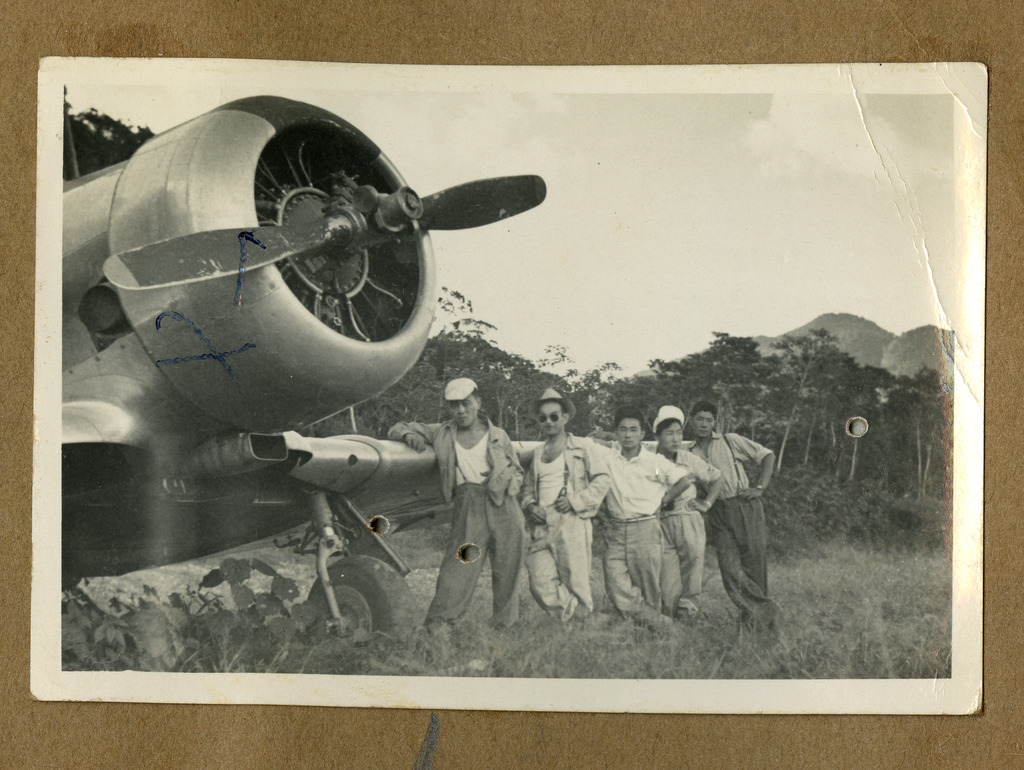
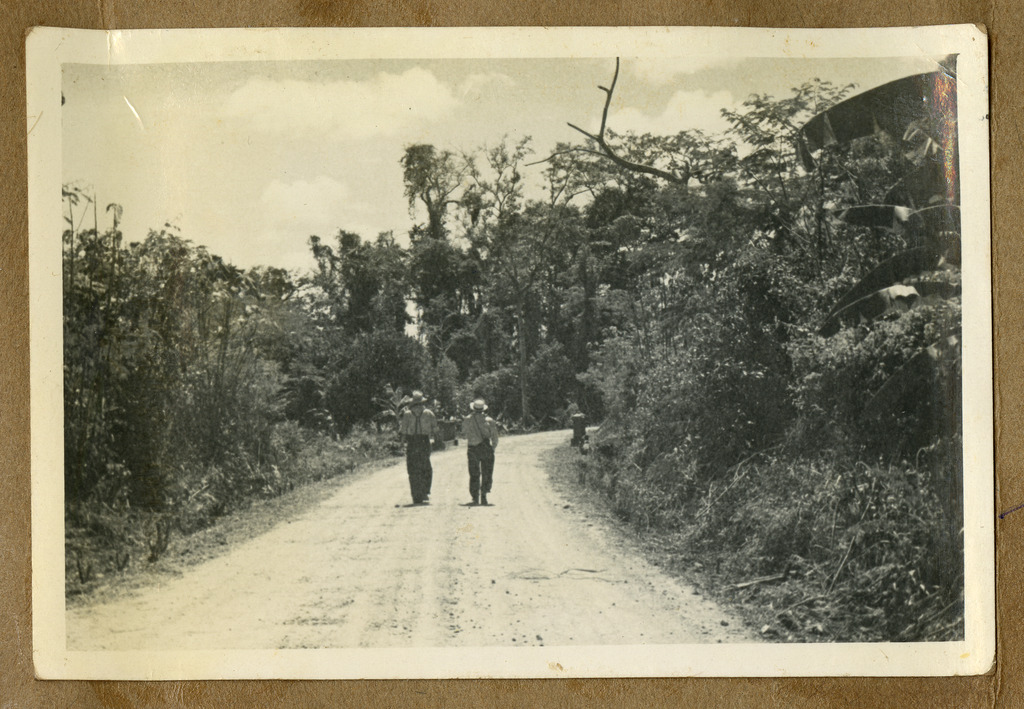
—
By Nina Wallace, Densho Media & Outreach Manager
Learn more about the history of Japanese Peruvians by tuning into a virtual talk presented by Densho’s communications and public engagement director, Natasha Varner:
“You Brought Us Here”: The Plight of Japanese Peruvians in World War II U.S. Incarceration,” April 20 @ 2pm PDT.
Dr. Varner’s talk is part of a lecture series hosted by the Center for Latin American & Caribbean Studies at the University of Wisconsin Madison. The series complements the February 18-May 29, 2022 exhibit at the Jewish Museum of Milwaukee, Then They Came for Me: Incarceration of Japanese Americans during WWII and the Demise of Civil Liberties.
Watch the recording of the event here.
[Header: Japanese Peruvian family. Courtesy of CSU Dominguez Hills Department of Archives and Special Collections.]

